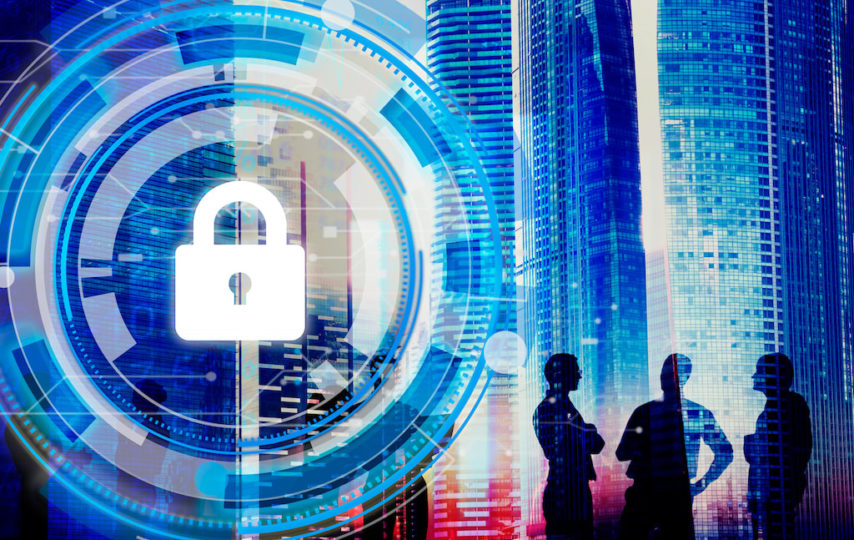Cybersecurity targets to defend individuals’ and establishments’ systems, applications, computing devices, delicate info, and financial assets against computer viruses, sophisticated and expensive ransomware attacks, and more.
Cyberattacks hold the potential to disturb, harm, or destroy businesses, and the price to victims keeps increasing. As per the research, the average price of a data breach in 2023 was $4.45 million, up 15% over the last 3 years.
The average cost of a ransomware-related data breach in 2023 was even higher, at USD 5.13 million. This number does not include the cost of the ransom payment, which averaged an extra USD 1,542,333, up 89% from the previous year.
By one estimate, cybercrime might cost the world economy USD 10.5 trillion per year by 2025.
According to a recent market analysis conducted by P&S Intelligence, it is projected that the cybersecurity market will reach an estimated value of around USD 352.5 billion by 2030.
Navigating a Complex Terrain
The world of cybersecurity is changing continuously, with cybercriminals using complex methods to breach defenses. From phishing attacks and ransomware to insider threats and advanced persistent threats companies are facing an array of issues in protecting their digital assets.
Data Breaches
Data breaches often burden the business to pay out huge amounts and have long-term negative impacts on their reputation. For a recent study, approximately the cost of USD 1 is the average cost of a data breach, considering factors such as regulatory fines, legal fees, and loss of consumer confidence. And it testifies to the necessity of establishing preventive cybersecurity measures.
Importance of Threat Intelligence
Threat intelligence is key to a cybersecurity mindset and strategy. For example, the St. Louis managed IT team helps organizations collect information from different points and analyze it to identify threats and weak areas in advance, enabling prevention and risk mitigation activities. By distinguishing between when an event takes place and where it has happened, timely cyber threat intelligence helps organizations stay a few steps ahead of cyber adversaries.
The Role of AI and Machine Learning
AI and ML are becoming the quintessential tools that are changing the cyber security landscape nowadays. These practices allow cybersecurity personnel to conduct automatic anomaly detection and pattern recognition; as a result, they can promptly address new and potential threats, and, dynamically, adjust their defense strategies.
Zero Trust Architecture
While the Risk-based Cybersecurity concept is coming into vogue as a way of reactively guarding against cybercrimes, the Zero Trust Architecture (ZTA) is now influential for the effective means of proactively ensuring security.
Unlike the traditional perimeter-based security model, where a zero-trust idea is assumed, when an authentication and authorization process is required for every device and user regardless of the user’s location to access the resources, zero trust access (ZTA) assumes zero trust, requiring strict authentication and authorization for every user attempting to access the resources, regardless of their location.
Endpoint Security
For example, just some devices we have are routers, mobile phones, and the Internet of Things, but they are just some of those that have data. Endpoint security systems include features such as antivirus softwares, firewalls, and endpoint detection and response (EDR) as main components which serve to block attacks of malware targeting devices, and to limit unauthorized access to them.
Human Element: Training and Awareness
Amidst technological advancements, the human element remains critical in cybersecurity. Training employees on cybersecurity best practices, raising awareness about phishing scams, and fostering a security-conscious culture are integral components of a comprehensive cybersecurity strategy.
Regulatory Compliance
Cybersecurity, including meeting the requirements of the GDPR, HIPAA, and PCI DSS directives for cybersecurity and data protection, is stringent. Organizations should not only comply to existing regulations but also take into account data privacy laws and security measures that may arise in the future. To prove regulatory compliance internally and externally, yearly audits should be carried out, among others.
Incident Response and Cyber Resilience: Preparedness is Key
Despite proactive measures, cybersecurity incidents may still occur. An effective incident response plan, encompassing detection, containment, eradication, recovery, and lessons learned, is essential for minimizing the impact of cyber-attacks and ensuring business continuity.
Future Trends: Innovations Shaping the Future of Cybersecurity
Looking ahead, emerging technologies like quantum computing, blockchain, and 5G will impact the cybersecurity landscape. Understanding and adapting to these trends will be pivotal in enhancing cybersecurity resilience and staying ahead of evolving threats.
Indian Enterprises and Government Organizations Battling a Surge of Cyberattacks in 2023
As per the report by Business Standard “Annual State of Application Security Report, 2023,” Indian enterprises and government organizations encountered an alarming 5 billion cyberattacks throughout the year. The report revealed a concerning trend of escalating cyber threats, with an average quarterly spike of 63 percent in cyberattacks from the first to the last quarter of 2023.








